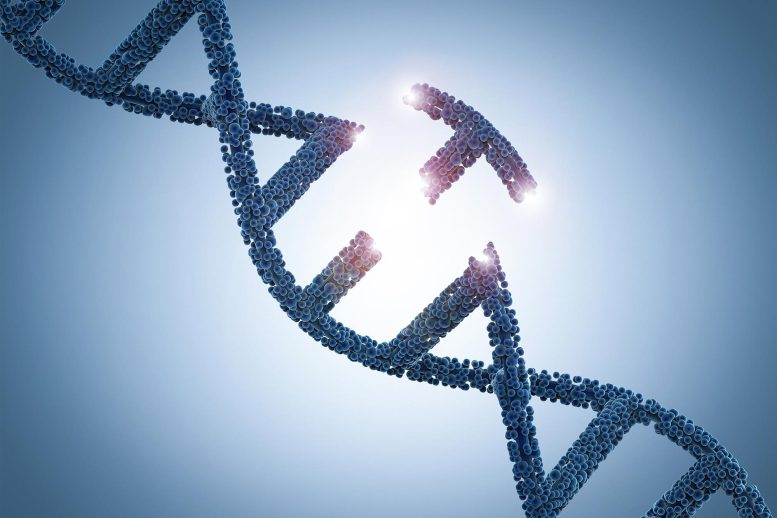
Researchers at the Broad Institute have improved gene-editing to efficiently insert entire genes into human cells, offering potential for single-gene therapies for diseases like cystic fibrosis. This method combines prime editing with new enzymes to enhance editing efficiency, potentially revolutionizing gene therapy.
The gene-editing technique employs prime editors along with advanced enzymes known as recombinases. This method has the potential to lead to universal gene therapies that are effective for conditions like cystic fibrosis.
Researchers at the Broad Institute of MIT and Harvard have enhanced a gene-editing technology that can now efficiently insert or replace entire genes in human cell genomes, potentially making it suitable for therapeutic uses.
The advance, from the lab of Broad core institute member David Liu, could one day help researchers develop a single gene therapy for diseases such as cystic fibrosis that are caused by one of hundreds or thousands of different mutations in a gene. Using this new approach, they would insert a healthy copy of the gene at its native location in the genome, rather than having to create a different gene therapy to correct each mutation using other gene-editing approaches that make smaller edits.
The new method uses a combination of prime editing, which can directly make a wide range of edits up to about 100 or 200 base pairs, and newly developed recombinase enzymes that efficiently insert large pieces of DNA thousands of base pairs in length at specific sites in the genome. This system, called eePASSIGE, can make gene-sized edits several times more efficiently than other similar methods, and is reported in Nature Biomedical Engineering.
“To our knowledge, this is one of the first examples of programmable targeted gene integration in mammalian cells that satisfies the main criteria for potential therapeutic relevance,” said Liu, who is senior author of the study, the Richard Merkin Professor and director of the Merkin Institute of Transformative Technologies in Healthcare at the Broad, a professor at Harvard University and a Howard Hughes Medical Institute investigator. “At these efficiencies, we expect that many if not most loss-of-function genetic diseases could be ameliorated or rescued, if the efficiency we observe in cultured human cells can be translated into a clinical setting.”
Graduate student Smriti Pandey and postdoctoral researcher Daniel Gao, both in Liu’s group, were co-first authors on the study, which was also a collaboration with Mark Osborn’s group at the University of Minnesota and Elliot Chaikof’s group at the Beth Israel Deaconess Medical Center.
“This system offers promising opportunities for cell therapies where it can be used to precisely insert genes into cells outside of the body before administering them to patients to treat disease, among other applications,” Pandey said.
“It’s exciting to see the high efficiency and versatility of eePASSIGE, which could enable a new category of genomic medicines,” added Gao. “We also hope that it will be a tool that scientists from across the research community can use to study basic biological questions.”
Prime improvements
Many scientists have used prime editing to efficiently install changes to DNA that are up to dozens of base pairs in length, sufficient to correct the vast majority of known pathogenic mutations. But introducing entire healthy genes, often thousands of base pairs long, in their native location in the genome has been a long-standing goal of the gene-editing field. Not only could this potentially treat many patients regardless of which mutation they have in a disease-causing gene, but it would also preserve the surrounding DNA sequences, which would increase the likelihood that the newly installed gene is properly regulated, rather than expressed too much, too little, or at the wrong time.
In 2021, Liu’s lab reported a key step towards this goal and developed a prime editing approach called twinPE that installed recombinase “landing sites” in the genome, and then used natural recombinase enzymes such as Bxb1 to catalyze the insertion of new DNA into the prime edited target sites.
The biotech company Prime Medicine, co-founded by Liu, soon began using this technology, which they called PASSIGE (prime-editing-assisted site-specific integrase gene editing), to develop treatments for genetic diseases.
PASSIGE installs edits in only a modest fraction of cells, which is enough to treat some but probably not most genetic diseases that result from the loss of a functioning gene. So Liu’s team, in the new work reported today, set out to boost PASSIGE’s editing efficiency. They found that the recombinase enzyme Bxb1 was the culprit in limiting the efficiency of PASSIGE. They then used a tool previously developed by Liu’s group called PACE (phage-assisted continuous evolution) to rapidly evolve more efficient versions of Bxb1 in the lab.
The resulting newly evolved and engineered Bxb1 variant (eeBxb1) improved the eePASSIGE method to integrate an average of 30 percent of gene-sized cargo in mouse and human cells, four times more than the original technique and about 16 times more than another recently published method called PASTE.
“The eePASSIGE system provides a promising foundation for studies integrating healthy gene copies at sites of our choosing in cell and animal models of genetic diseases to treat loss-of-function disorders,” Liu said. “We hope this system will prove to be an important step towards realizing the benefits of targeted gene integration for patients.”
With this goal in mind, Liu’s team is now working on combining eePASSIGE with delivery systems such as engineered virus-like particles (eVLPs) that may overcome hurdles that have traditionally limited the therapeutic delivery of gene editors in the body.
Reference: “Efficient site-specific integration of large genes in mammalian cells via continuously evolved recombinases and prime editing” by Smriti Pandey, Xin D. Gao, Nicholas A. Krasnow, Amber McElroy, Y. Allen Tao, Jordyn E. Duby, Benjamin J. Steinbeck, Julia McCreary, Sarah E. Pierce, Jakub Tolar, Torsten B. Meissner, Elliot L. Chaikof, Mark J. Osborn and David R. Liu, 10 June 2024, Nature Biomedical Engineering.
DOI: 10.1038/s41551-024-01227-1
This work was supported in part by the National Institutes of Health, the Bill and Melinda Gates Foundation, and the Howard Hughes Medical Institute.

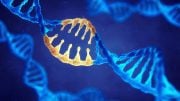
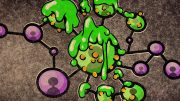
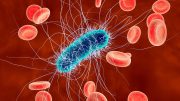
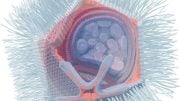




Be the first to comment on "Biomedicine Breakthrough: Complete Gene Insertion Now Possible in Human Cells"